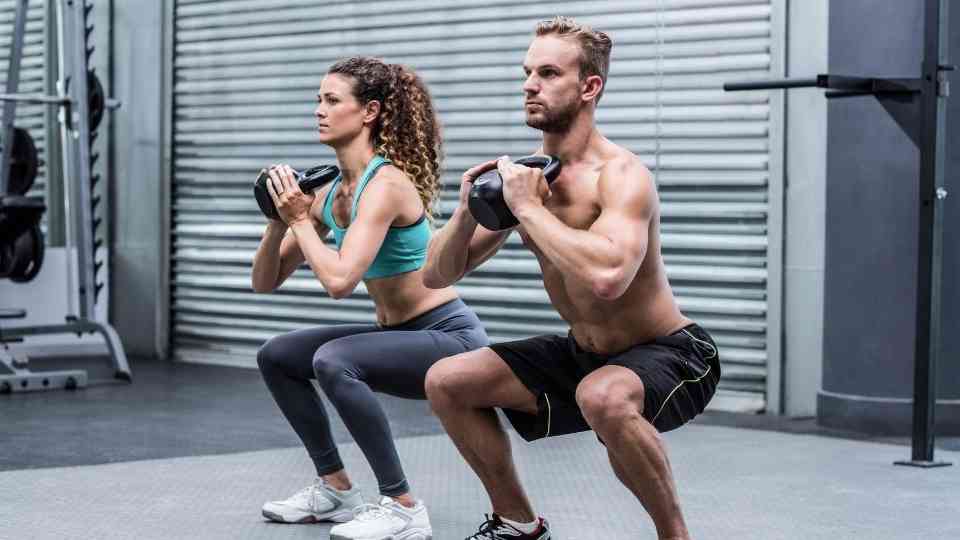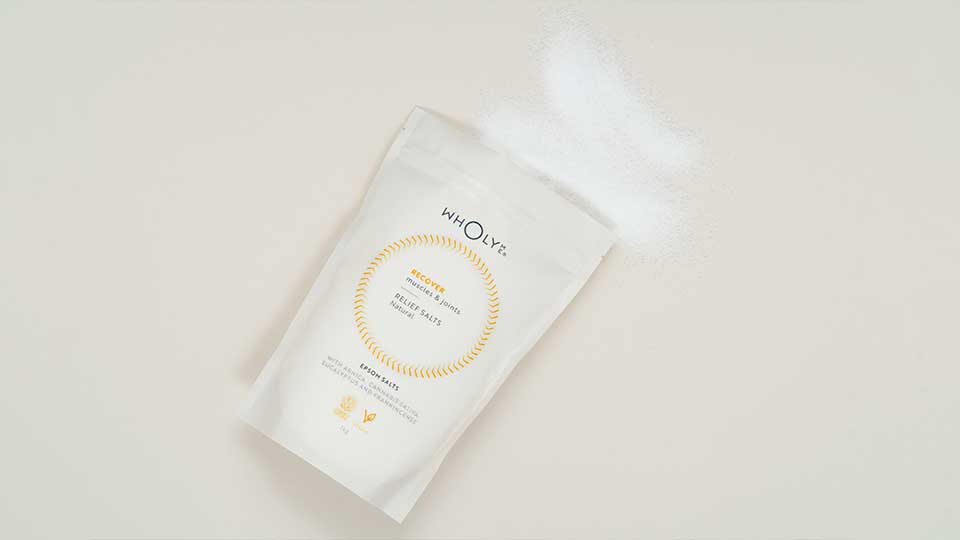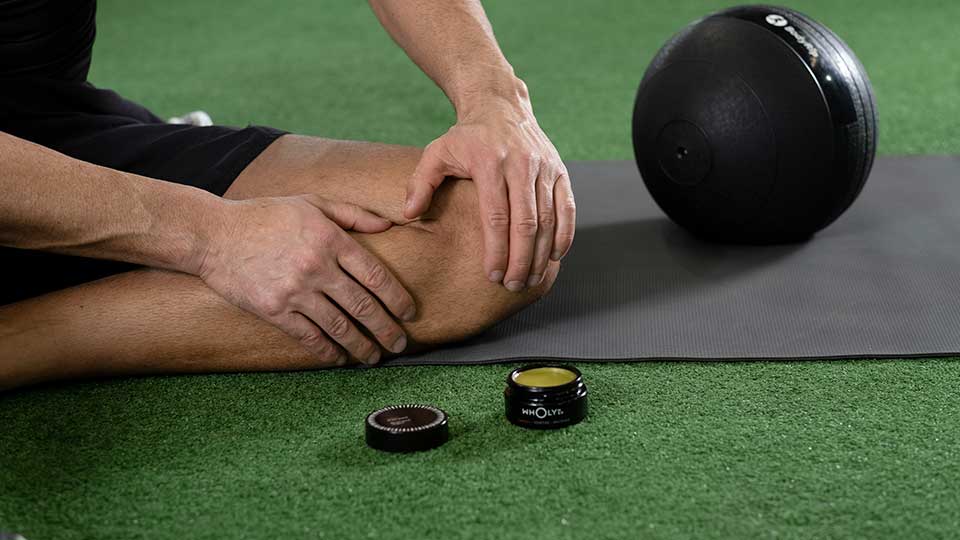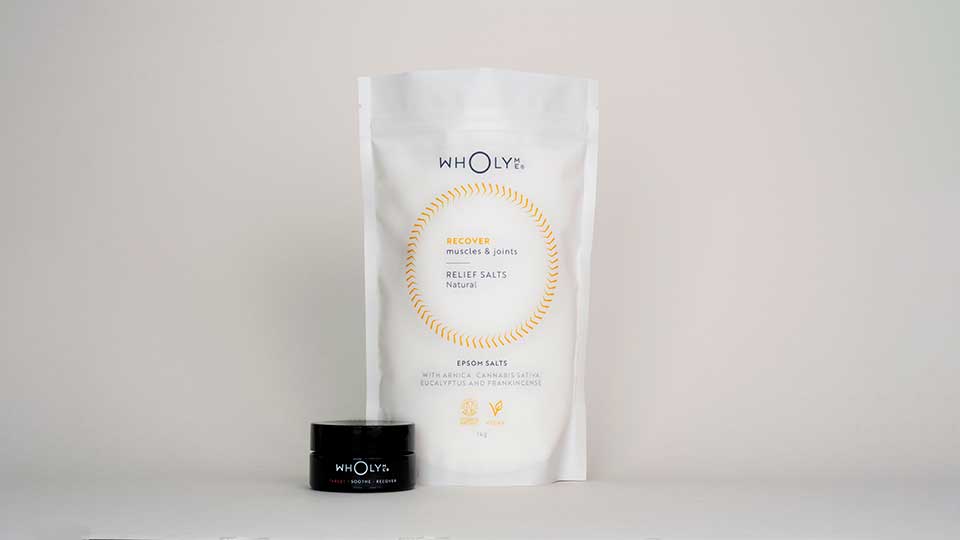Your cart is currently empty!


Do your muscles ache after workout and exercise? You’re not alone! Aching muscles affect everyone from complete beginners to world-class athletes.
These aches and pains have a name: ‘acute soreness’, when felt in the 12 hours after exercise, which then becomes delayed onset muscle soreness (DOMS) as the pain peaks around 48 hours after.
Why do we feel muscle aches after workouts?
Let’s be clear – aches and muscle soreness are different from an injury. For example, pulling or tearing a muscle is an injury, which requires specific treatment, whereas acute soreness and DOMS are just part and parcel of working out.
Exercise can create tiny microtears in your working muscle, which is where the aching and soreness arises. The aching usually occurs when you perform a completely new exercise that your body is not used to, or you increase the type, intensity or duration of a familiar exercise.
Below, we offer five things you can do to minimise muscle aches after workouts, with some handy tips to get you back to full strength in no time!
1. Keep on moving
This first tip may seem counterintuitive, but some light movement can help speed up the healing process as it encourages oxygen- and nutrient-rich blood to flow to the affected areas.
There’s no need to go crazy here, as anything too intense may cause further pain. Instead, opt for gentle exercise like a light jog, walk, cycle, or swim. Stretching can also help, so a yoga class is also a smart idea!
2. Use cold therapies
Brrr! While ice-cold water may be unpleasant, it has a lot of benefits and can help you prevent aching muscles.
When exposed to cold temperatures, like an ice pack or cold shower, the blood vessels on your skin will constrict, impede blood flow, and alleviate pain and inflammation. One 2012 study reveals some evidence that cold‐water immersion can reduce delayed onset muscle soreness after exercise.
Try applying an ice pack to overused areas of your body, or take a cold bath or shower soon after exercise. It may seem unpleasant, but this is a great way to minimise muscles ache after workout.
3. Don’t forget a nice warm bath!
When you have used cold therapy in the hours following a workout, your attention can then turn to heat therapy and warm baths, which can enhance blood flow and loosen aching muscles.
Soaking in a warm (not hot) bath can help improve your circulation and relax your muscles, so is a good course of action the day after exercise, when any acute pain has subsided.
You can boost your bath by pouring in a couple of handfuls (around 200g) of our popular WholyMe Relief Salts. This remedy is made with completely natural Epsom salts, which have been used for centuries to aid relaxation and recovery. These salts are infused with organic arnica oil and frankincense oil, which both boast anti-inflammatory properties.

4. Try some topical relief
Instead of taking OTC painkillers, try relief balms, creams, gels, patches and other remedies instead. These can all alleviate pain and speed up the healing process, without the negative side effects that come with painkillers.
Our award-winning Relief Balm ticks all the boxes here. This highly-tested balm includes 12 evidence-based natural ingredients, including organic arnica oil, rosemary oil, and wintergreen oil, that have been proven to help ease your aches and pains, and enhance your wellbeing.

Rub this buttery, fast-absorbing balm directly onto aching muscles and enjoy the soothing benefits. There’s a reason why it’s used by Olympic athletes!
5. Eat to combat soreness
It’s often easy to overlook how effective the foods we put into our body can be at helping us prevent and treat aches and pains.
After an intense exercise session, prioritize protein; a critical nutrient in muscle repair. Protein-rich foods include lean meats, eggs, fish, beans, tofu, tempeh, seitan, and protein powders, such as whey, pea, rice, and hemp protein.
You can also eat more anti-inflammatory foods, which will help your body fight the inflammation that causes pain. Good anti-inflammatory foods include green leafy vegetables, almonds, walnuts, seeds, tomatoes, cherries, blueberries, strawberries, oranges, and olive oil.
At this time, it’s also worth avoiding foods that contribute to inflammation, such as red meat, fried foods, and refined sugars.
***
Ultimately, muscle soreness and aches are often inevitable at some stage in your fitness journey. However, by following the above tips, you will recover faster and be ready to go again sooner!
